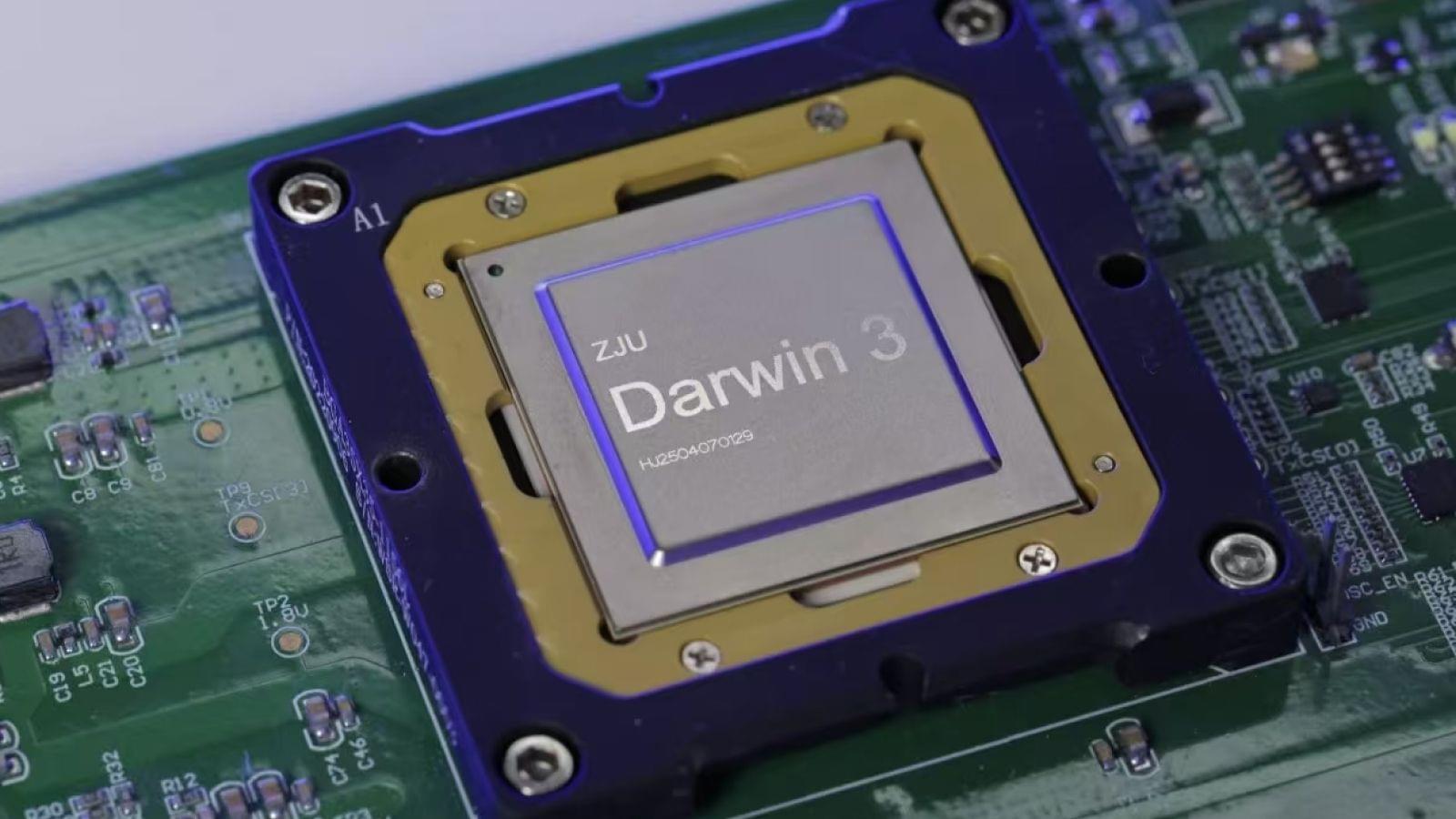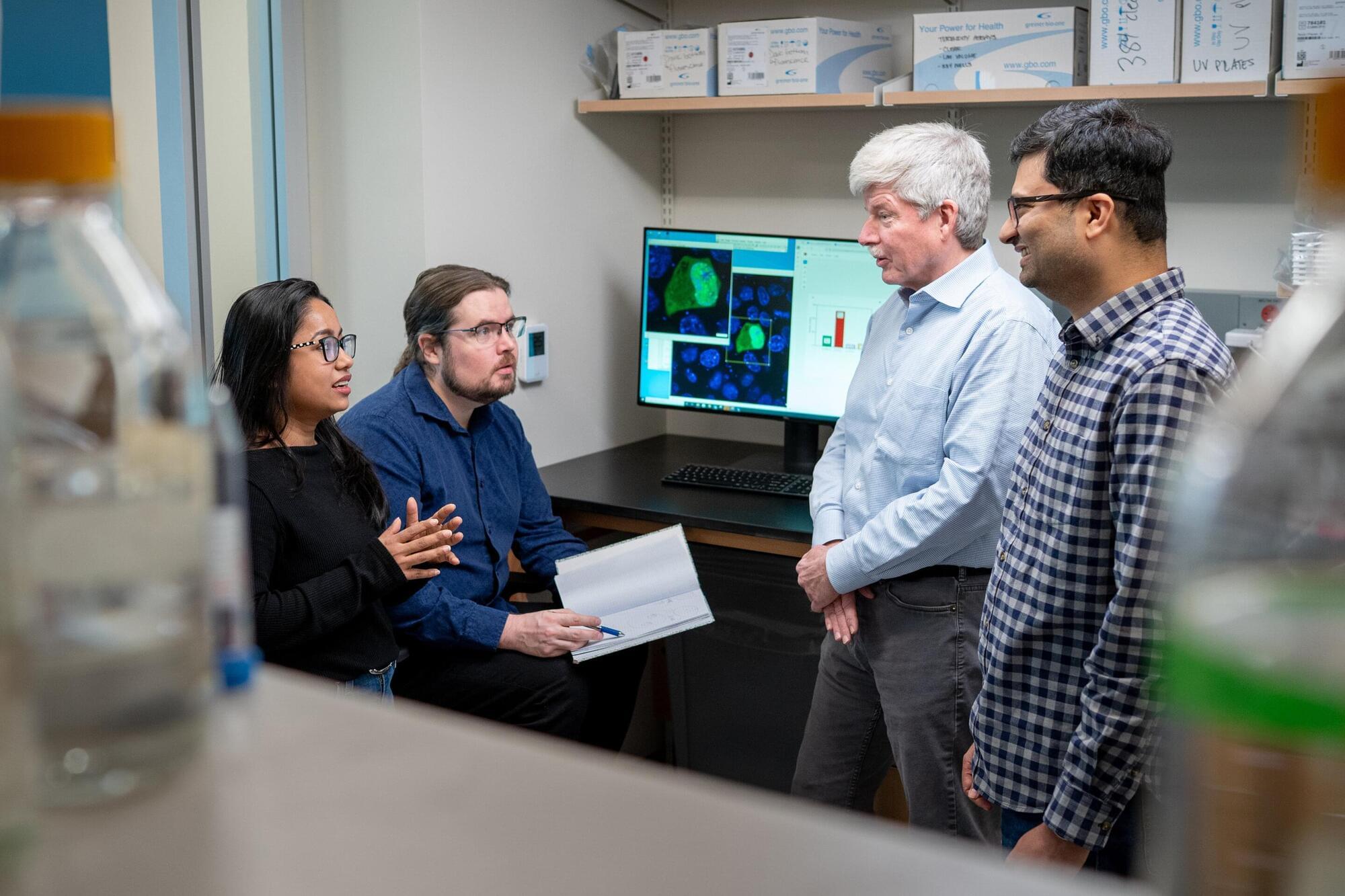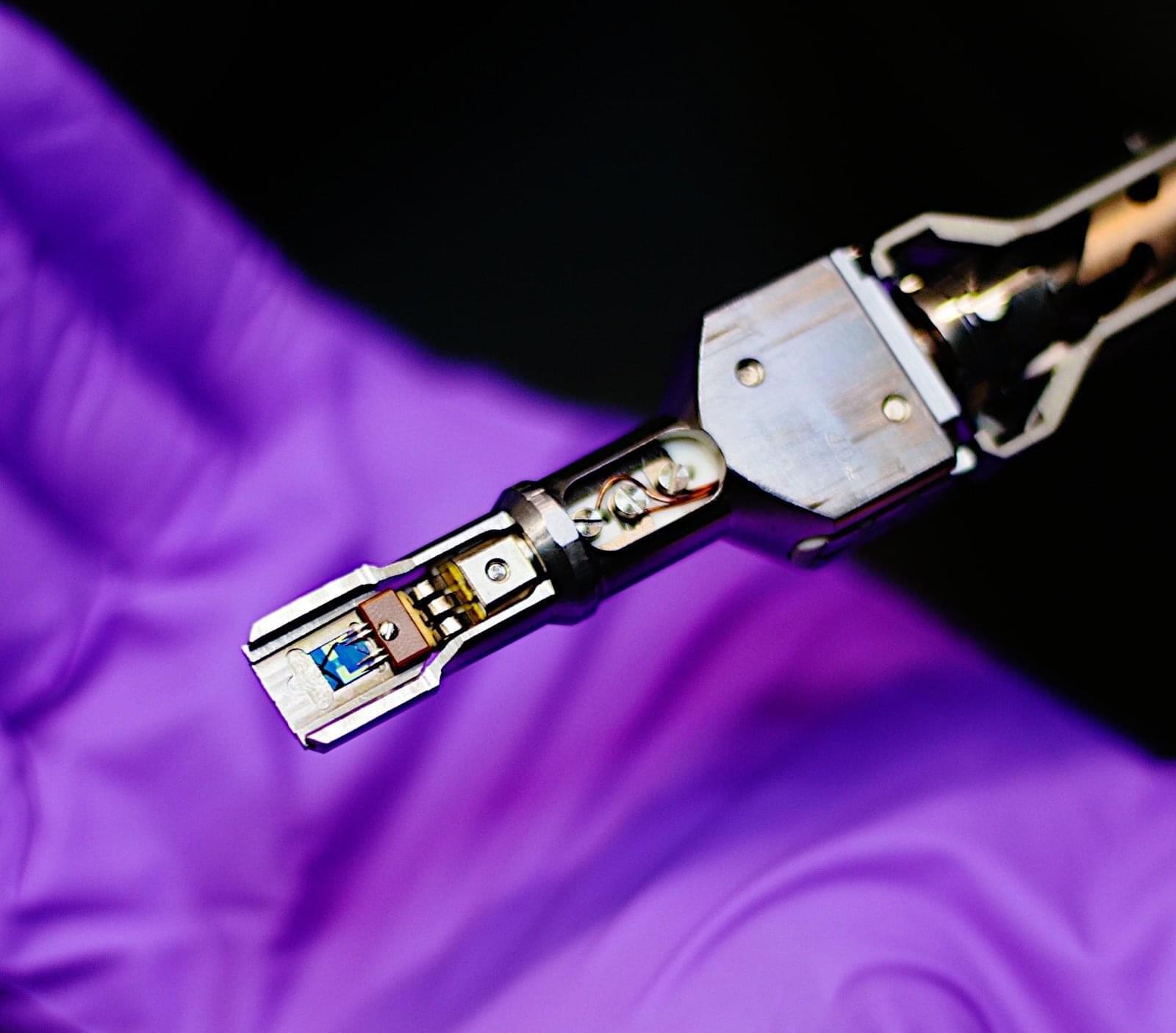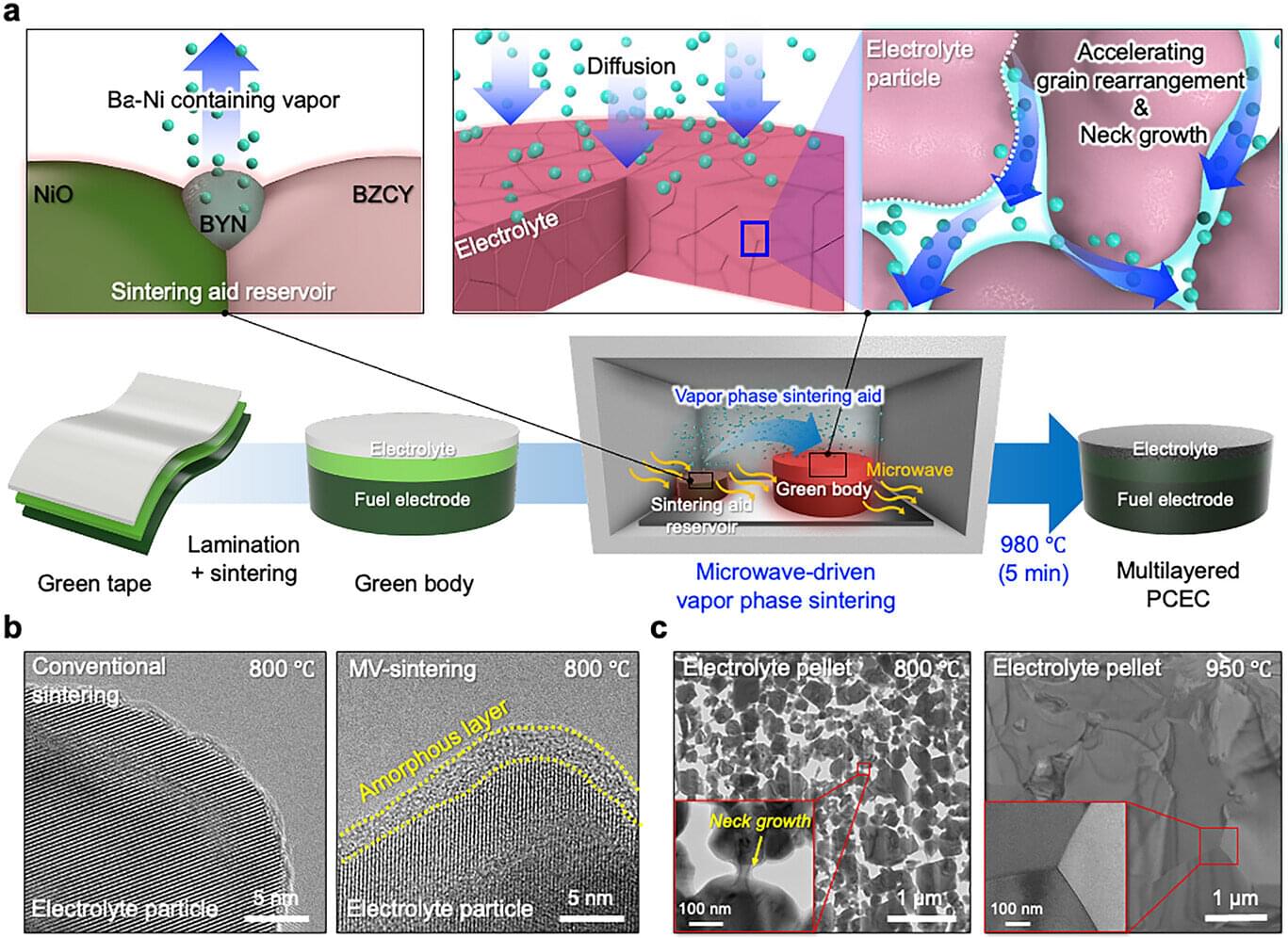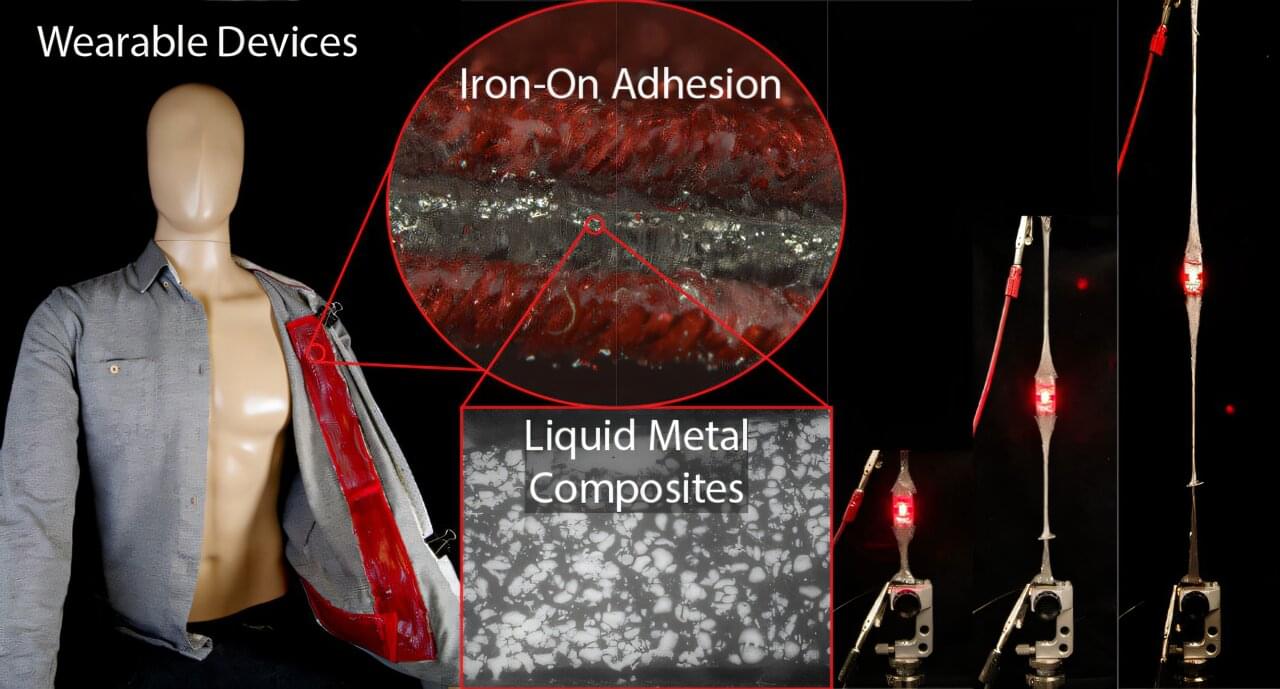Follow Closer To Truth on Instagram for daily videos, updates, and announcements: https://www.instagram.com/closertotruth/
AI consciousness, its possibility or probability, has burst into public debate, eliciting all kinds of issues from AI ethics and rights to AI going rogue and harming humanity. We explore diverse views; we argue that AI consciousness depends on theories of consciousness.
Make a tax-deductible donation of any amount to help support Closer To Truth continue making content like this: https://shorturl.at/OnyRq.
Philip Goff is a British author, panpsychist philosopher, and professor at Durham University whose research focuses on philosophy of mind and consciousness. Specifically, it focuses on how consciousness can be part of the scientific worldview.
Closer To Truth, hosted by Robert Lawrence Kuhn and directed by Peter Getzels, presents the world’s greatest thinkers exploring humanity’s deepest questions. Discover fundamental issues of existence. Engage new and diverse ways of thinking. Appreciate intense debates. Share your own opinions. Seek your own answers.
